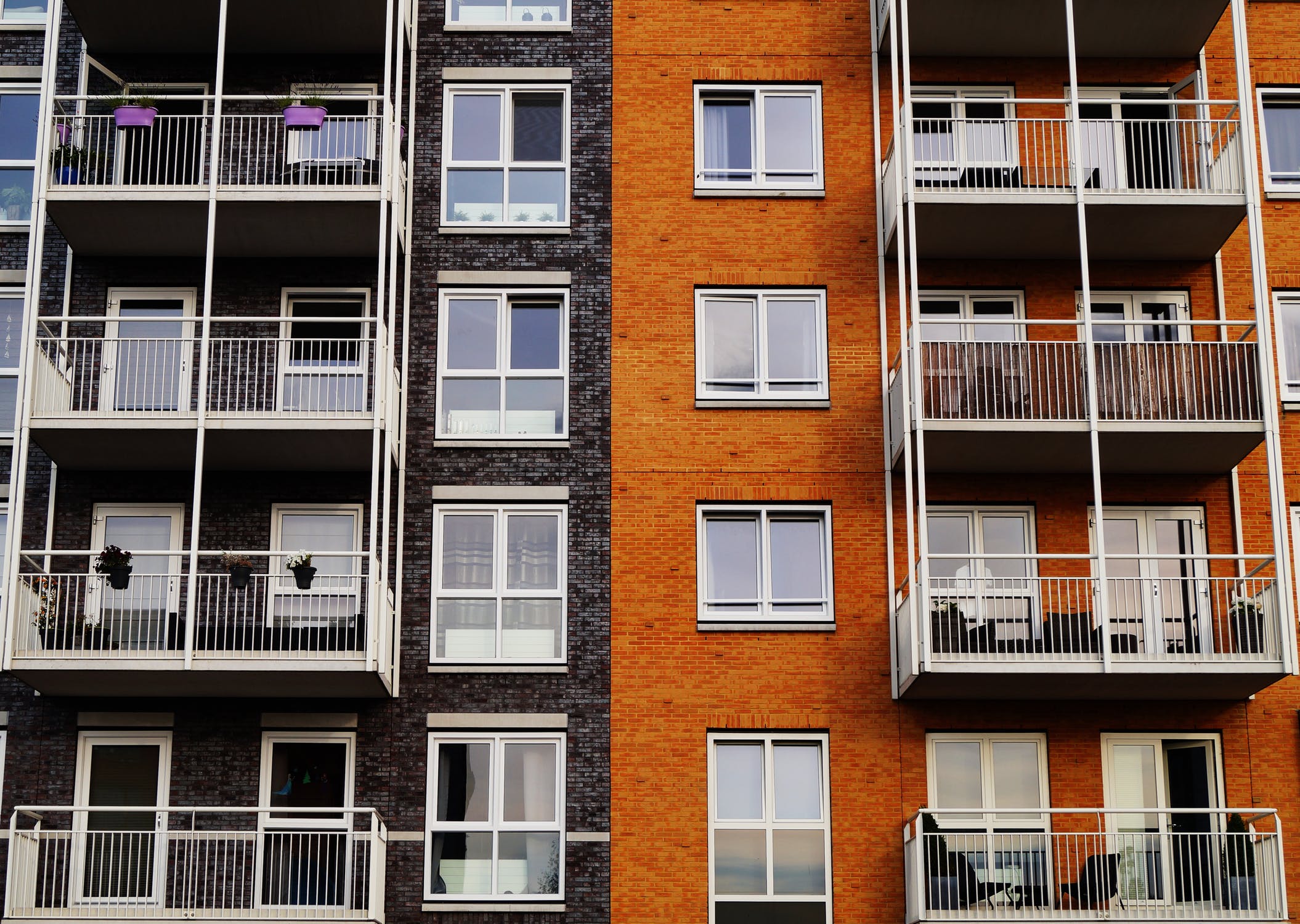In real estate, as in many other areas of business, one simply can’t jump in without doing the legwork and research. Because there’s so much money at stake, it’s crucial for real estate investors (especially first-time ones) to go through the right procedures–rather than leaping without looking.
With that in mind, understand that this guide is just that: a short, handy explainer to some of the expected (and conversely, unexpected) obstacles that you may encounter in real estate investing. Needless to say, change should be expected: circumstances change, factors like incomes and neighborhood ordinances can be altered, and incomes fluctuate.
Nonetheless, this is a good place to start.
Consider external, physical factors…
…such as the neighborhood. To be honest, one of the best ways to research a neighborhood is also the simplest: just walk (or drive) around, and be on the lookout for a number of factors. These include properties under development, the condition of the streets and sidewalks, the state of the infrastructure, and any commercial activity.
It also helps you get a feel for the neighborhood. What types of renters seem most common here? Families with young children? Singles? Young, childless couples? This matters because it affects how you will renovate and reposition your property. Each demographic demands different amenities, perks, and construction. For instance, in a larger apartment building, singles might appreciate lots of common rooms with opportunities to socialize, like pools, barbecue grills, and picnic tables. Conversely, families might prefer playrooms and child-safe features like padded walls or rounded edges.
In fact, doing your diligence on a neighborhood can begin before you even get there. Sometimes, I like to board trains, or take a long drive to the neighborhood not on highways, but on local streets. That way, I can assess some important criteria: ease of transit and access to the neighborhood (always important when renting to middle-class tenants with jobs), the nearby surroundings (crime or prosperity can often spill over from/to other neighborhoods), and even for the sights.
Often, I’ll also look at the rates of construction: this can tell me whether other developers are betting on the neighborhood (thus reinforcing my decision to buy property here), or if I should be cautious, and have second thoughts.
Assess timing and economic situation
Real estate is a cyclical business, often subject to economic stresses and even political developments. Granted, there will always be an element of uncertainty: remember that investment always carries some degree of risk with it. That’s simply the nature of the game.
But there are some clues that can help you read the situation. As different property classes become valuable at different times within the cycle, it’s important to read the cues. For example, if single-family home sales are in decline (and condos aren’t being purchased), definitely consider investing in a rental apartment, as these are signs of a strong rental market. Conversely, if plenty of apartments are being constructed at the moment and vacancy rate is high, then investment may not be a good idea–at least not in this area.
Because different classes of property respond to economic stimuli (and shocks) in various ways, it helps if you focus on a tiny group of property classes–no more than two or three in my opinion. That way, you don’t overextend yourself, and further, have fewer factors and influences to keep track of. Remember that something that hurts the hotel business could potentially be a boon to rental properties, and vice versa.
Finding the next hot neighborhood
To be honest, this is very difficult to pull off. Ideally, investors want to hit the sweet spot between rising and developed (or dirt-cheap and incredibly expensive). At this point in time, the property is worth enough to buy or invest in (and expensive enough to deter everyday people from buying), but not so pricey that the investor themselves cannot afford it. Most important, however, is the future trajectory: though the property is moderately expensive now, the neighborhood is on the rise–which means that, in the future, rents will be too.
Needless to say, this is extremely difficult to do. Often, people get their information about rising property markets from newspapers–but by this time, it’s often too late. Once it’s published in the local pages, a neighborhood’s value could well rise so quickly that it rapidly becomes unaffordable.
At first it’s difficult to solve this problem because developing a sense of timing comes from experience. To get around this, it helps to network, and make meaningful, positive connections with local investors; real estate, especially where it concerns small and midsize repositioning projects, is a very local business. These properties often tend to be between $500,000 to $3 million in value.
At this point, it may be worth your while to reach out to local partners who may have an interest in your success. This includes property management companies, real estate investors who specialize in another class of property (if you are a residential investor, find a commercial investor), or other local businessmen.
When I rehabbed and repositioned property in Chicago, I joined the local Chamber of Commerce and the builders’ group. I sent members in both groups letters of introduction and company brochures (this was before email became popular). Other business owners and entrepreneurs saw the value in helping someone who wanted to buy and improve buildings in their neighborhood. Needless to say, this was a win-win situation: I would reposition a property and make a profit, while others in the area would benefit from having a new property with lots of potential customers nearby. From this, I made quite a few lasting friendships, and throughout the years, received many calls about possible acquisitions over the years.
Real estate may be a highly local business, and one that is sometimes subject to outside forces you can’t control. Still, you shouldn’t let that stop you, as there are ways to find property worth rehabbing and repositioning. In the next installment, we’ll discuss the details and fine print of any potential real estate deal, specifically the numbers and financial calculations involved.





